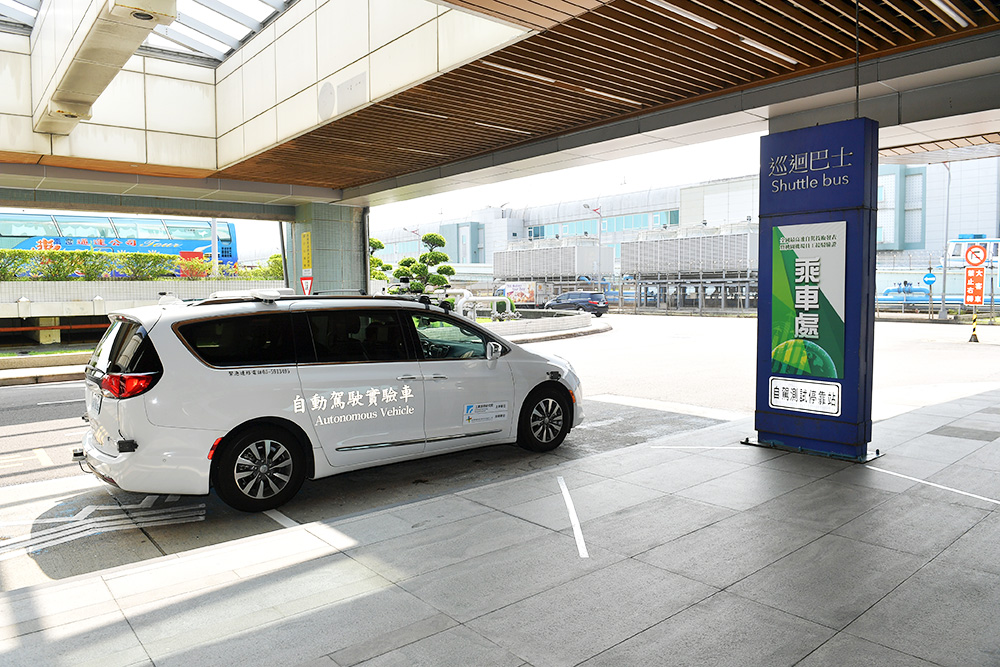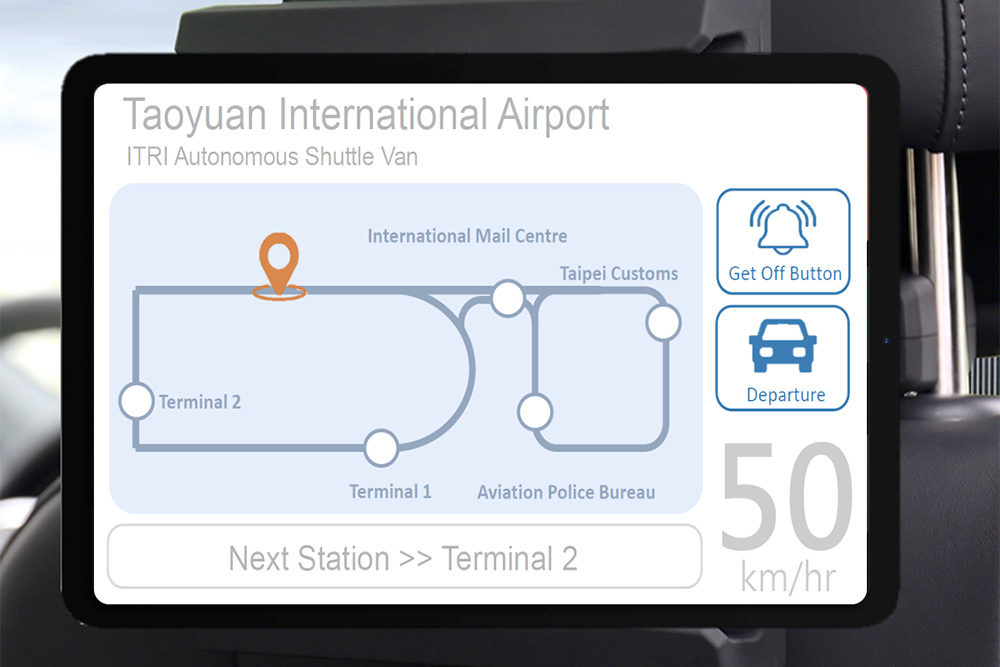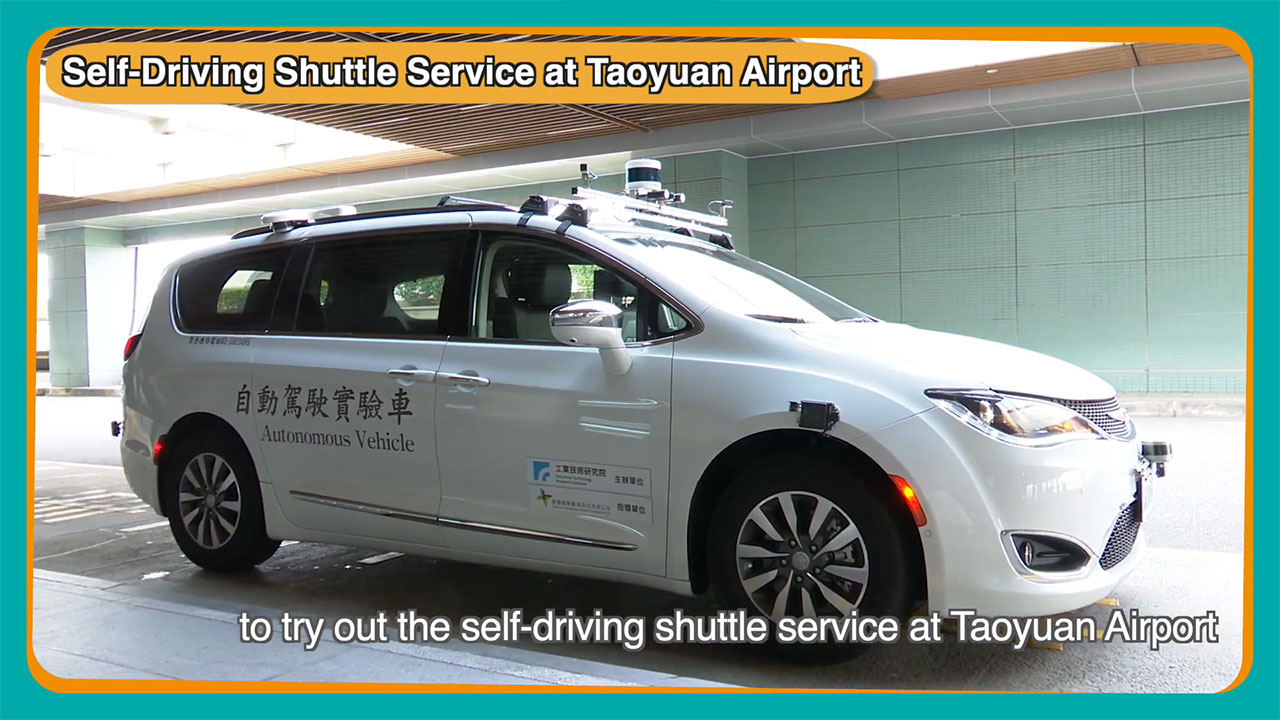R&D Focus
ITRI Facilitates Self-Driving Shuttle Service at Taoyuan International Airport
ITRI and Taoyuan International Airport have recently explored the feasibility of employing self-driving technology for transportation services. The self-driving shuttle service operates between the airport’s first and second terminals, as well as some major nearby stops. This initiative marks the second instance of self-driving transportation at an international airport, with the first being the self-driving service at Phoenix Sky Harbor International Airport in Arizona, USA.

Taoyuan International Airport now boasts the world’s second operational self-driving shuttle service.
This self-driving program represents Taiwan’s first trial run for self-driving vehicles operating at medium and high speeds on public roads, making it the highest-speed self-driving test run in the country. The test route begins at Terminal 2 and extends through Terminal 1, the International Mail Center, Aviation Police Bureau, and Taipei Customs, covering a total distance of 4.2 kilometers. Since its initial run in August 2022, the self-driving vehicles have accumulated over 1,000 kilometers in mileage. The objective is to reduce the reliance on human drivers, alleviate driver fatigue resulting from long hours of driving, and enhance the convenience of commuting within the airport premises.
To meet the demanding 50-kilometer/hour speed requirement at Taoyuan International Airport, ITRI has made advancements in AI computing performance, achieving level-4 driving automation capabilities. The vehicle can recognize its surroundings over greater distances and operate without the need for human interaction within the designated area. Furthermore, ITRI has integrated the service with its self-developed 5G smart intersection infrastructure and 5G Internet of Vehicles (IoV) technology, which is characterized by low communication delays. These measures ensure safety and precision in areas where two lanes merge.

The display is designed for rear-seat passengers to identify their current location and to inform the self-driving vehicle to stop at the upcoming destination.
ITRI Chairman Chih-Kung Lee has highlighted the exceptional performance of ITRI’s self-driving vehicle and its significance for Taiwan’s self-driving industry. Since 2019, the self-driving vehicle has undergone extensive testing across various transportation scenarios, including urban transportation, tourist shuttles, and logistics delivery. In 2022, a collaboration with Transurban, Australia’s largest highway operation company, led to the successful launch of autonomous truck driving on highways in Australia. These important milestones have paved the way for the self-driving vehicle’s operation verification at Taoyuan International Airport, where it demonstrates enhanced operational safety, showcasing the advancements in innovative self-driving technology and the seamless integration of 5G in smart airports.
Looking ahead, ITRI aims to deploy self-driving vehicles on even higher-speed public roads, such as expressways, highways, and roads with high-speed traffic. The Institute plans to collaborate with system integrator companies and continue the development of self-driving buses, with the ultimate goal of establishing a robust autonomous driving industry ecosystem.
